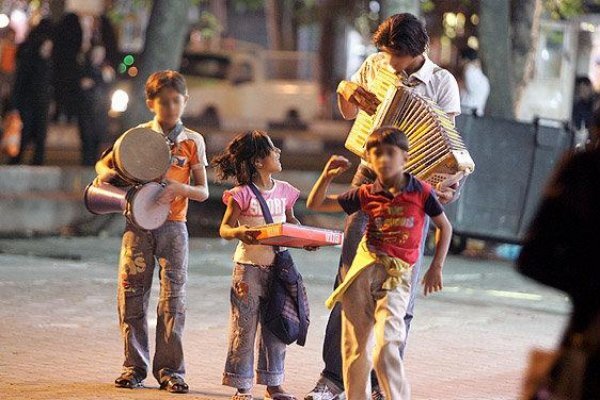Therefore, as an organization in charge of social health, it is responsible for policy-making and planning to achieve the lofty goals of the Islamic Republic in creating a healthy society with the approach of controlling and reducing social harms and improving the quality of life of community members. And built a street as one of the five priority damages in the country due to unfavorable socio-economic and cultural conditions such as poverty, unemployment, migration from villages and small towns, natural and man-made disasters. The formation of informal settlements, as well as the entry of foreign nationals, especially illegally, has always been one of the most important concerns of the Welfare Organization to organize and empower them. In addition, due to the presence of children on the street, the natural process of their physical, mental, emotional, social development, as well as their personality development and normal socialization are seriously endangered, so this group of children need special attention.
Based on what has been said, in order to protect and protect the rights of children and in accordance with the economic, social and cultural conditions prevailing in the society, as well as the conditions of social harms, the Welfare Organization has been launching government street organizing centers since 1999 to maintain and provide It has empowered children and their families, and there are currently 31 government centers throughout the country.
Objectives of the activity:
Overall Objective: To control and reduce the presence of children to live and work on the streets and to control and reduce the social harms caused by the work and life of children on the streets.
Specific objectives:
1) Reducing social harm to street children.
2) Improving the quality of life of street and working children and their families.
3) Improving the quality of services provided using modern, family-oriented, preventive and participatory approaches.
4) Preventing and reducing the risks caused by the presence and work of children on the street.
5) Preventing and reducing the risks caused by the presence and work of the child on the street on the family.
6) Preventing and reducing the risks caused by the presence and work of children in the streets on the community.
7) Protecting the rights of street children and protecting the best interests of children.
8) Reducing government ownership and increasing the purposeful participation of the people in taking care of street children
9) Coordinating the services provided with the needs and conditions of the clients (facilitating the possibility of receiving specialized services by the child and the family without the need for the child to stay overnight in the center).
10) Using the existing capacities in the non-governmental sector and increasing the possibility of participation and providing service packages commensurate with their capabilities.
11) Development of existing centers in order to increase the possibility of access and benefit of street children from services and support
12) Improving the situation of working children, especially children without the possibility of family organization.


Your Comment